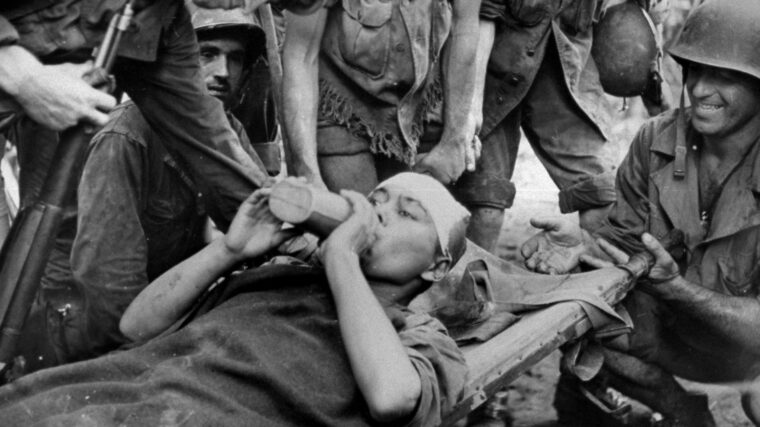
Japan
Korea Under the Rising Sun
By Allyn VannoyThe first recorded encounter between American forces and Koreans in the Central Pacific during World War II came at Tarawa Atoll in November 1943. Read more

Japan
The first recorded encounter between American forces and Koreans in the Central Pacific during World War II came at Tarawa Atoll in November 1943. Read more
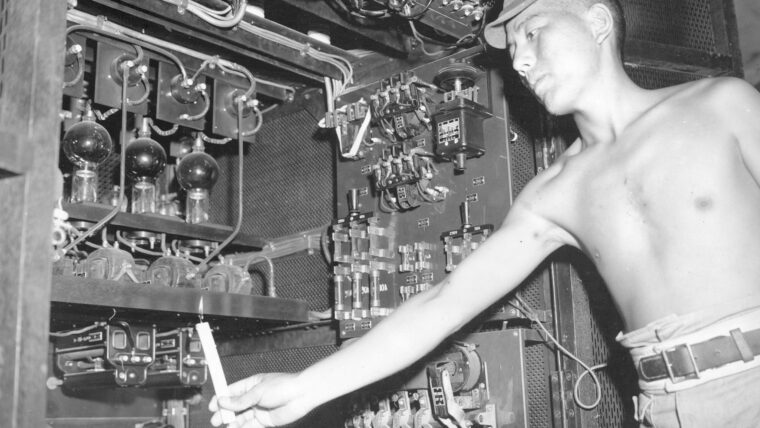
Japan
Marine Captain Frank Farrell stood in the open door of the Army Air Corps C-47 waiting for the “green light,” the signal to leap into space, on a mission that could mean life or death for hundreds, perhaps thousands, of people. Read more
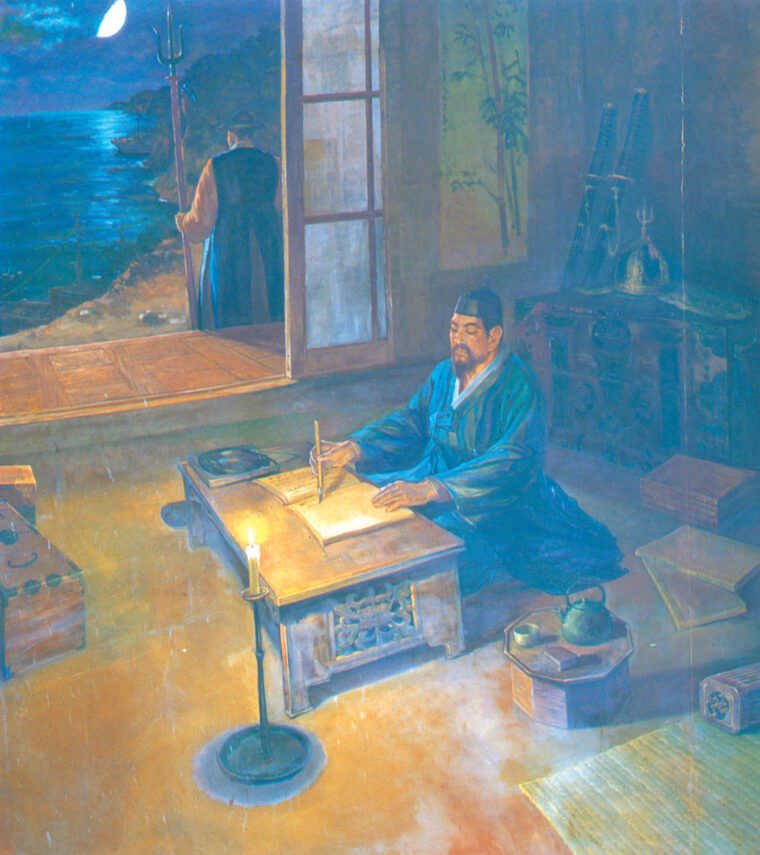
Japan
It was May 1, 1592, mere weeks before the start of the Imjin War. Admiral Yi Sun Shin summoned a conference of high-ranking military officers and civil magistrates to his headquarters at Yosu, a port on the southern coast of Korea. Read more
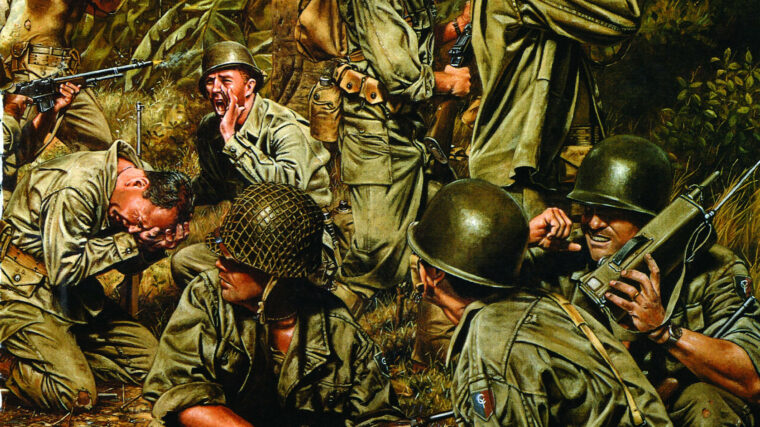
Japan
As the nine C-47s flew closer to the drop zone, the lead plane descended to an altitude of four hundred feet. Read more
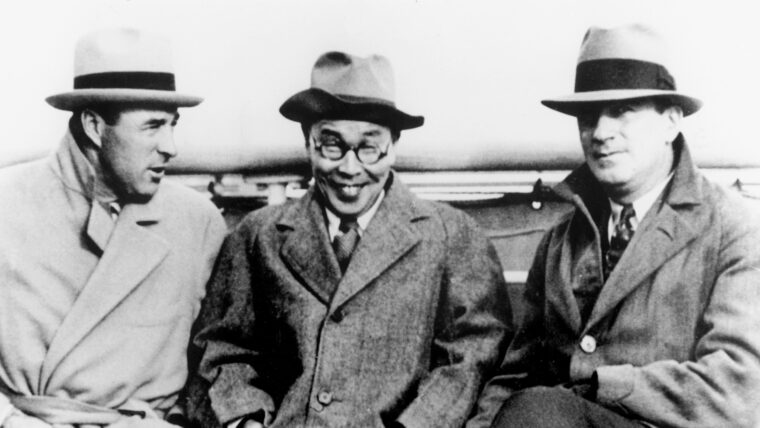
Japan
Morris “Moe” Berg was a man of many talents: linguist, lawyer, baseball player, spy. Although this Renaissance man gained a modicum of celebrity on the baseball diamond, Berg is best remembered as an operative for the OSS (Office of Strategic Services), a World War II forerunner of the U.S. Read more
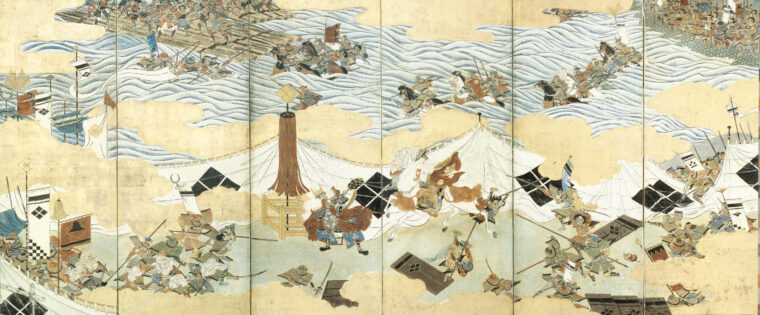
Japan
In 1490 Japan entered a crucial period of its history known as the sengoku-jidai, or the “Age of the Country at War.” Read more
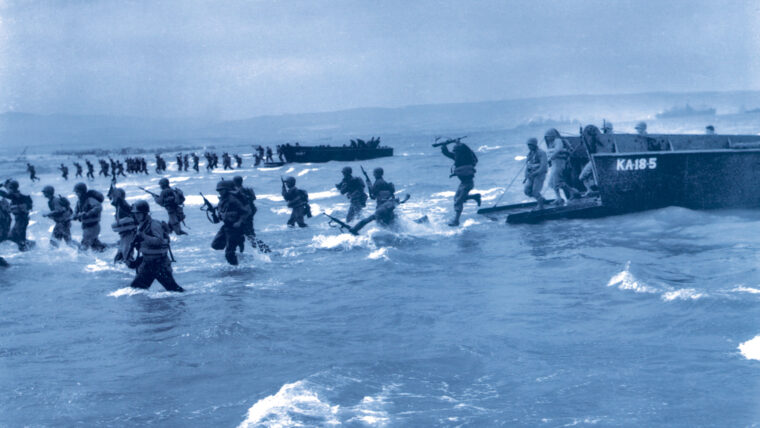
Japan
Less than a year after the sudden and devastating Japanese attack against the United States at Pearl Harbor on December 7, 1941, the American military was about to embark on a large-scale offensive operation against German and Italian forces in North Africa. Read more
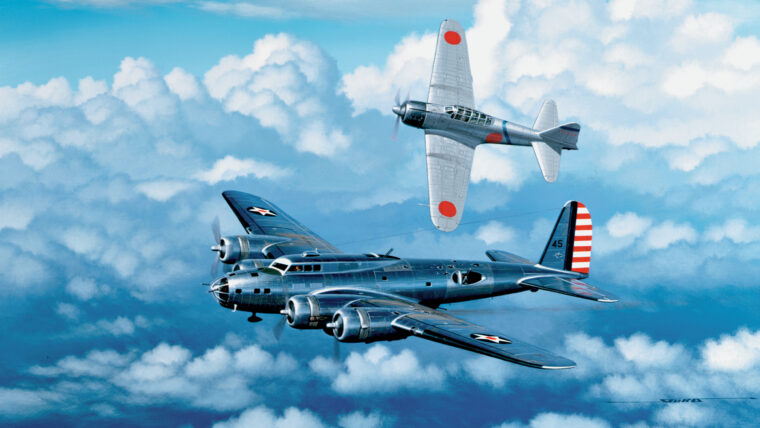
Japan
The psychological and military shock that the Allies experienced when they first encountered Mitsubishi’s legendary A6M2 Zero fighter plane at the beginning of the Pacific War may be difficult to understand today. Read more
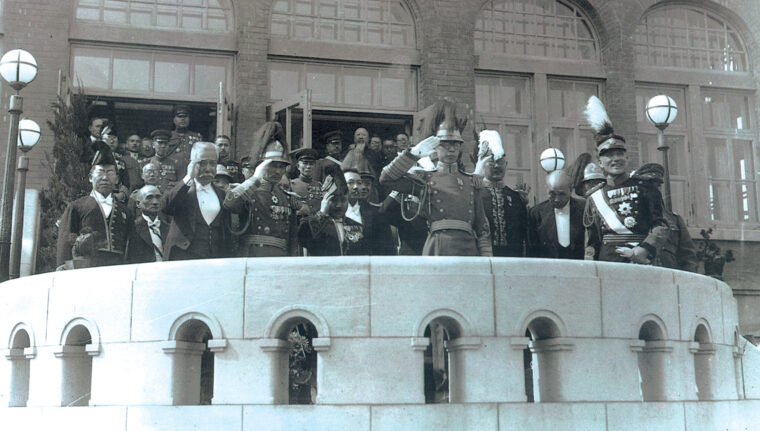
Japan
At 11:30 pm on December 22, 1948, four handcuffed men were led by guards into the chapel of Tokyo’s Sugamo Prison. Read more
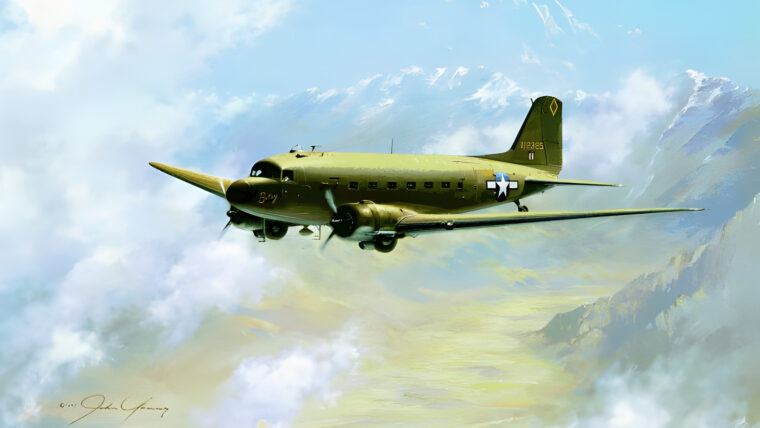
Japan
World War II was responsible for numerous technological advances, not the least of which was the establishment of the largest airline in history. Read more
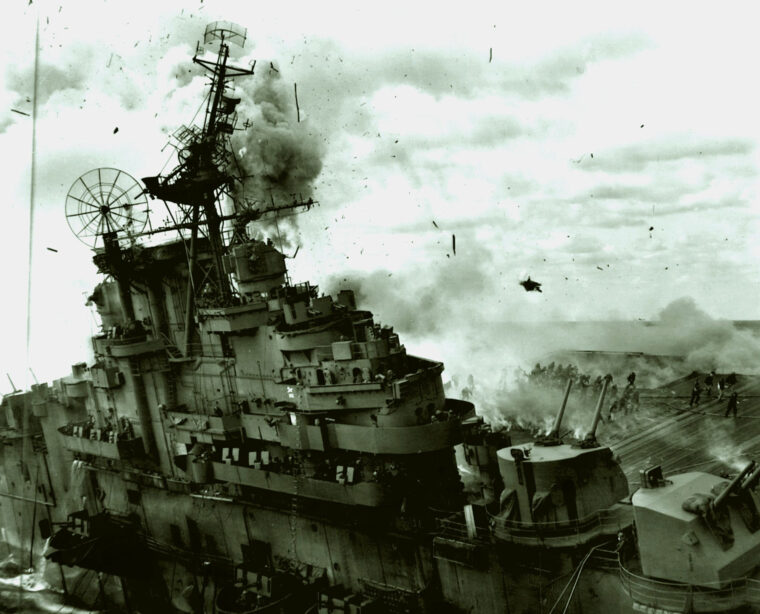
Japan
On March 3, 1945, the 27,100-ton aircraft carrier USS Franklin churned out of Pearl Harbor and headed westward for the war zone. Read more
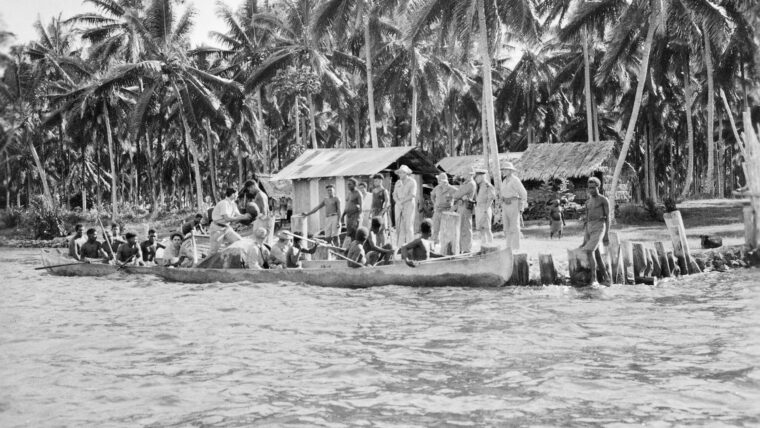
Japan
Two weeks after Pearl Harbor, coast watcher Cornelius Page, a plantation manager on Tabar Island 20 miles north of New Ireland in the South Pacific, reported by teleradio that Japanese planes were making reconnaissance flights over New Ireland and New Britain. Read more
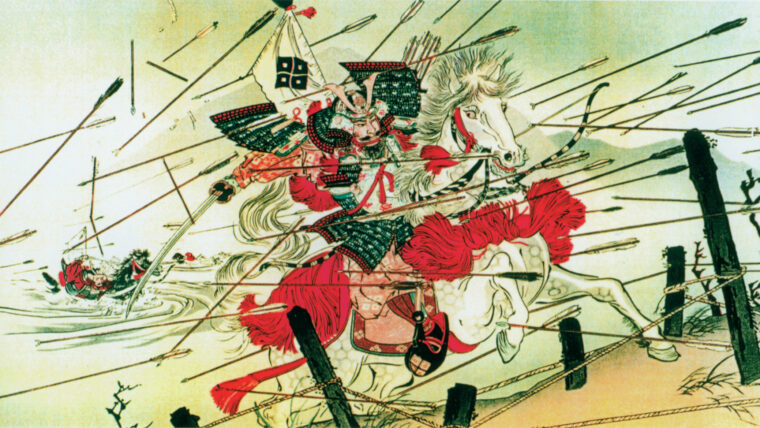
Japan
The swords of the samurai have long been desirable to collectors. Now, even their parts have become prized. Read more
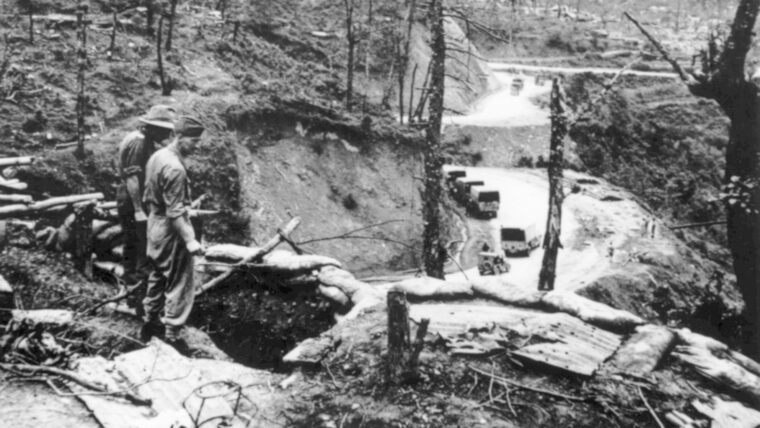
Japan
The two regiments from the county of Kent, down in southeastern England, are of both ancient and honorable lineage. Read more
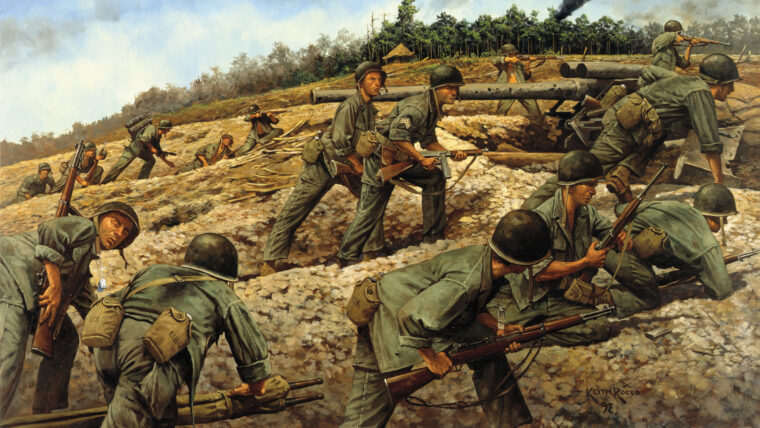
Japan
In April 1944, General Douglas MacArthur’s Southwest Pacific forces took a giant 600-mile leap along the north coast of New Guinea with their landing at Hollandia. Read more
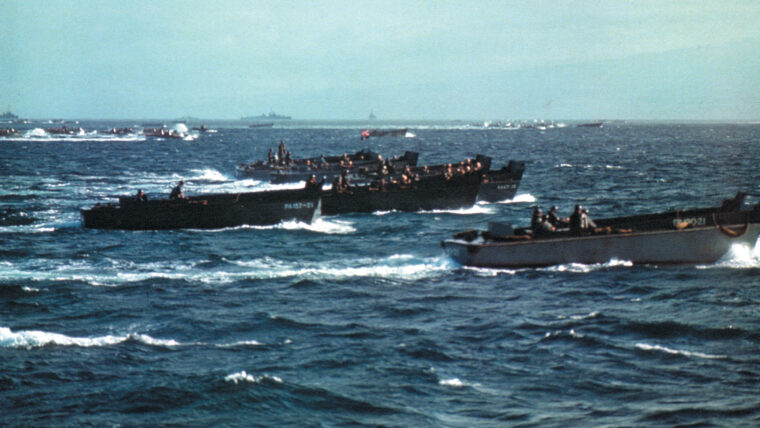
Japan
In November 1941, the U.S. Asiatic Fleet weighed anchor in Shanghai, China, for the last time. Alarmed by the growing hostility and aggressiveness of the Japanese, Admiral Thomas Hart ordered the outnumbered and outgunned American vessels moved to the relative safety of Manila Bay in the Philippines. Read more
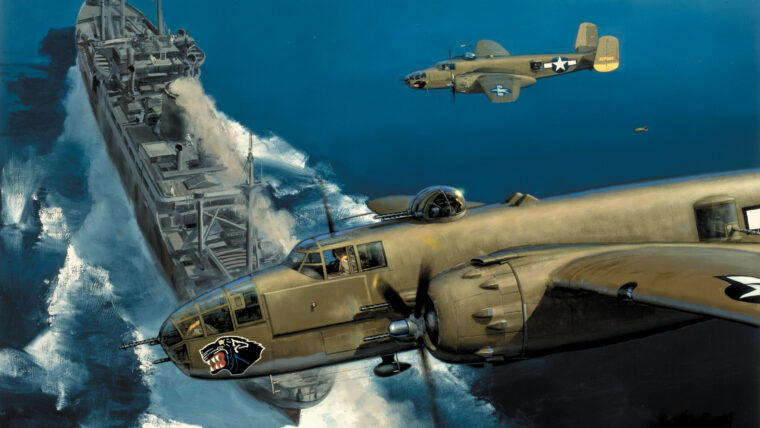
Japan
During the 1920s, roughly two decades before the B-25 Mitchell bomber came into service, U.S. Army Air Service commander Brig. Read more
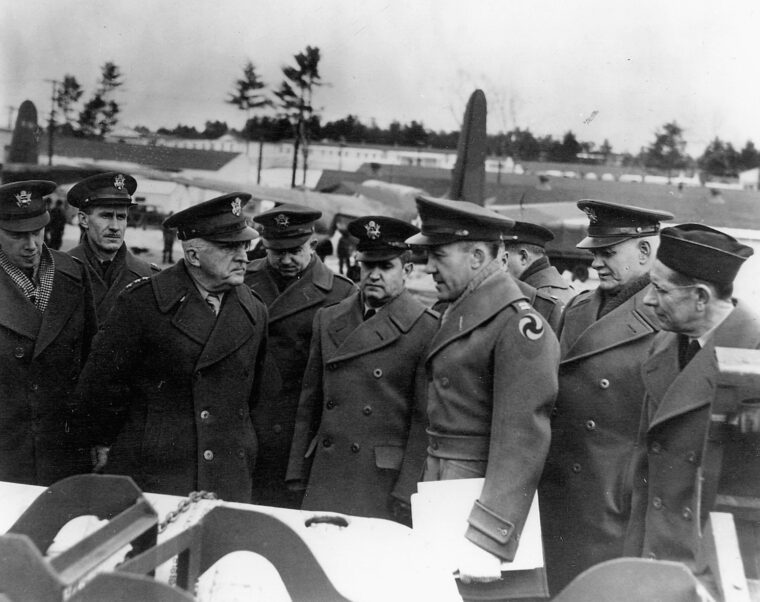
Japan
It was the worst of times for the Allies. It was the time of opportunity for senior U.S. Read more
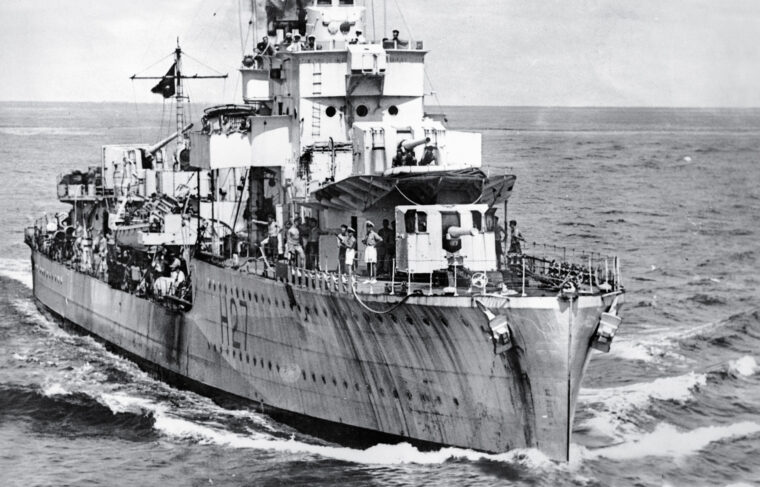
Japan
War clouds gathered rapidly once Germany invaded Poland on September 1, 1939. Allied demands that Hitler withdraw his armies went unheeded. Read more
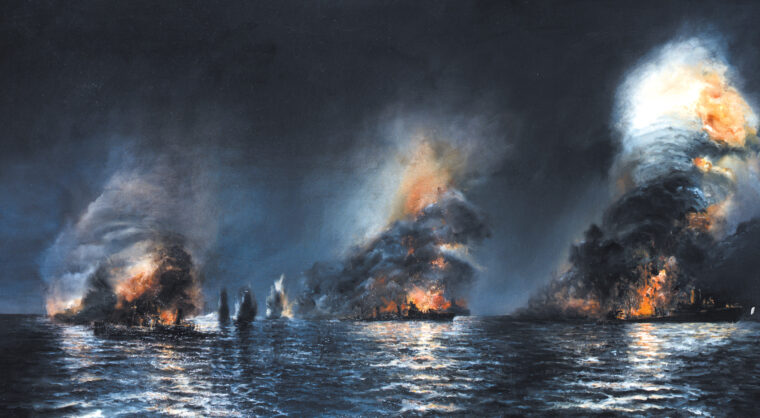
Japan
During World War II, the United States employed 288 submarines, the vast majority of which raided Japanese shipping in the Pacific, thus preventing the enemy’s vital supplies and reinforcements from reaching the far-flung island battlefields. Read more